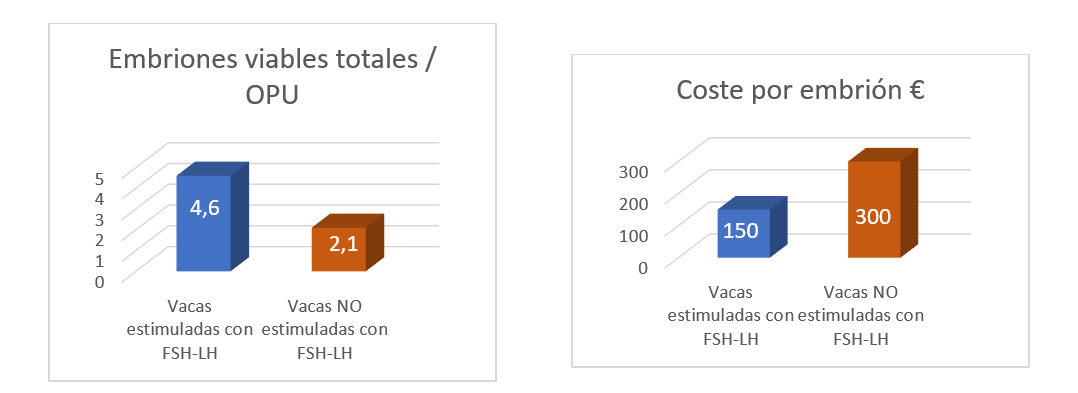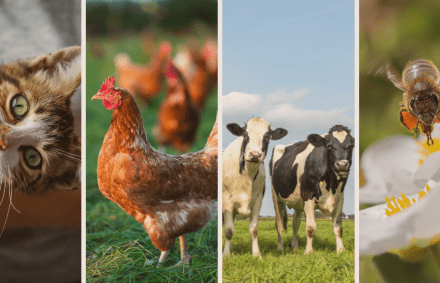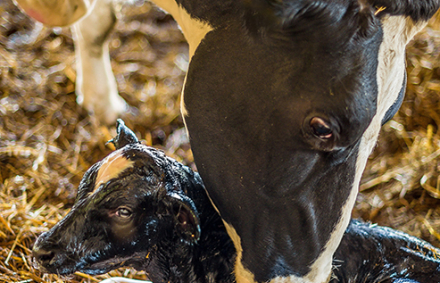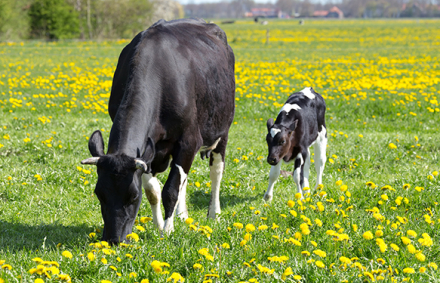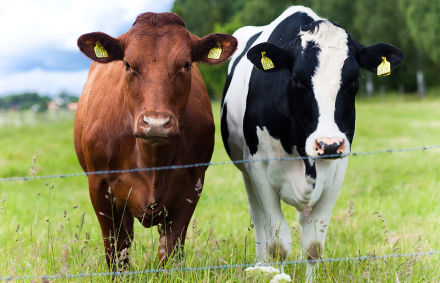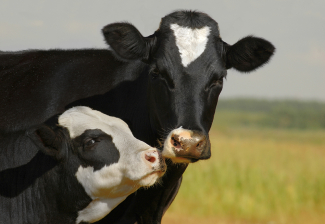
The use of in vitro fertilisation (IVF) is increasing significantly in most countries where cattle farming plays an important role. Although embryos produced in vitro still do not reach the same quality or viability after freezing as those produced in vivo, IVF has a number of advantages that seem to outweigh its drawbacks. These include:
- Greater production capacity with each donor
- The technique can be performed without ovarian stimulation
- Embryos can be produced with pregnant or even very young (prepubertal) donors.
For these reasons, IVF represents a very efficient technique for increasing the offspring of the best females in the herd.
While this is the case, there is also a great variability in IVF productivity from one animal, laboratory or country to another. If we consider the 2019 European statistics published by the Association of Embryo Technology in Europe (AETE: https://www.aete.eu/publications/statistics/), the number of viable embryos per procedure ranges between 0.9 and 5.2. This represents a variation of up to five times, depending on the case.
There are a myriad of factors that influence this variability, which can be technical, biological or genetic. The most influential factors are related to the quantity and quality of the oocytes that are aspirated. If we monitor the state of the follicles at the moment of aspiration, we can increase the production of embryos and therefore the efficiency of the process.
How do we do this?
- We can monitor the follicular wave avoiding the effects of the dominant follicle through its physical ablation or through hormonal control.
- By applying low doses of FSH/LH, a very interesting step in Bos taurus and especially in dairy cows. This ovarian stimulation strategy puts most of the follicles in an optimal state so that the oocytes they contain mature properly in vitro, are fertilised and transform into blastocysts with much greater success than when we work without ovarian stimulation.
It is not just a question of quantity but also of quality. A good embryo begins with a good oocyte and this cannot be provided by an already completely atretic follicle.
Therefore, if we are demanding and measure the effectiveness of IVF in the final product, which is the one that provides economic return to the farmer, through ovarian stimulation we can get more than double the number of calves for each procedure, and that represents a big increase in efficiency.
With ovarian stimulation in IVF,
- The efficiency of the procedure is improved by increasing the:
- Blastocyst ratio (% production)
- Number of viable embryos (transferable and freezable) per procedure
- Number of pregnancies and healthy offspring per procedure
- Cases of 'zero' embryos are reduced
- Procedures are standardised
- The economics of in vitro procedures is improved
